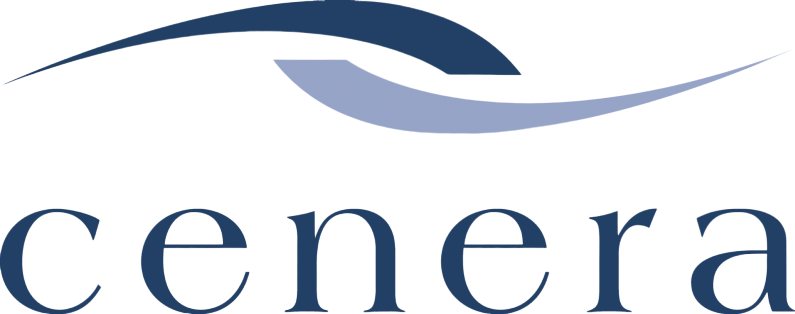What Role Does Intersectionality Play in Workplace Investigations?
What Role Does Intersectionality Play in Workplace Investigations?
Proper workplace investigations aren’t possible without an understanding and consideration of intersectionality. This article will explore what intersectionality is, how the concepts can be incorporated in your company policies and procedures, and the role it plays in workplace investigations.
What is Intersectionality?
Intersectionality is an analytical framework used to understand how a person’s overlapping identities and experiences combine to create different modes of discrimination and privilege
[source]. It is an acknowledgement that these identities cause us to have unique experiences in the world that, for many, may lead to varying amounts of discrimination and oppression. By considering these identities, we are better able to mitigate factors that marginalize people.
Intersectionality considers:
Gender,
Sex,
Race,
Caste,
Sexual orientation,
Physical ability,
Physical appearance,
Height, and
Religion. [source]
For example, a white cisgender (denoting or relating to a person whose sense of personal identity and gender corresponds with their birth sex, source) woman’s experiences may have some overlap with those of a black transgender woman, but there are also many differences. These experiences cannot be painted with the same brush.
Why Are Companies Being Called to Consider Intersectionality?
Companies are being called to action and that requires a review of policies and practices through the lenses of diversity, equity, and inclusion. Having clear, inclusive policies and consistent documentation to guide workplace behaviour and manage employee complaints will prove valuable in the case of a workplace investigation.
Addressing race and gender alone is not enough when it comes to creating anti-harassment or anti-bullying policies. To only address gender-based harassment, for example, by omission excludes some possible objectionable behaviours and leaves room for future incidents.
Company policies should clearly outline what kind of behaviour is not considered acceptable. It should be stated that harassment and bullying due to gender, sex, race, caste, sexual orientation, physical ability, physical appearance, height, and religion will not be tolerated and what the consequences for this type of action will be.
What Role Does Intersectionality Play in Workplace Investigations?
Using the intersectional framework in workplace investigations, we apply a more nuanced view of marginalized groups that considers how varying socioeconomic factors have contributed to lived experiences with discrimination and harassment.
Considering intersectionality will aid the investigator in finding a resolution that appropriately addresses employee concerns and identities, as well as acceptable workplace and societal norms.
In the event of a workplace investigation, internal and external providers will need:
Clear documentation about company policies and procedures relating to harassment and bullying,
An understanding of the organization’s culture, and
Knowledge of the unique nuances of the organization that may have led to a complaint.
Consider if there are gaps in your current policies and procedures. Are there elements of employee identity that are left out? How can you ensure all employees are represented in company policies and procedures? By asking these questions, you take active steps toward creating a more inclusive and safer workplace.
At Cenera, we are skilled in developing comprehensive policies, facilitating Respectful Workplace Training, and we also provide an external helpline service that enables employees to call in anonymously and speak candidly with our HR advisors about suspected misconduct. To learn more, contact us today to book a complimentary consultation.
Let’s Connect
Never miss an update, click here to subscribe to our monthly newsletter.
Plus, follow us on LinkedIn!
Share This Story, and Choose Your Platform!

